Introduction
Nowadays, the most popular UAV is the consumer drone, which is lightweight, affordable, and generally low cost for aerial photography, gaming, and other leisure uses. The market has rapidly risen in recent years. Today we are discussing the best materials used in consumer drones. UAV materials currently on the market are metal, carbon fiber, composite materials, plastics, and so on.
The difference in the material requirement between manned aircraft and UAV
Compared with manned aircraft, UAVs do not need to consider the limitations of human physiological tolerance during maneuvering in the structure design of the airframe, nor do they need to place special emphasis on human survival. Special consideration given to stealth and bullet-resistant structures and materials is no more required, either.
However, due to the advanced technology and high requirements of drone airborne equipment, drones are also required to have fairly good body structural performance, which makes drones have some new features in the structural selection that are different from manned aircraft.
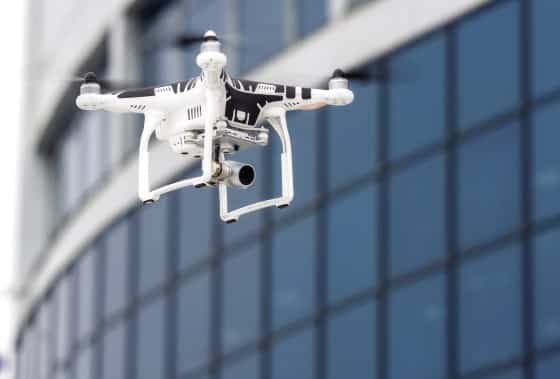
Why the composite materials are superior to metals for UAVs?
Compared with traditional metal materials, composite materials have the characteristics of high specific strength and specific stiffness, small thermal expansion coefficient, strong fatigue resistance, and vibration resistance. It can reduce weight by 25% to 30% when applied to UAV structures.
Resin-based composite materials have many advantages such as lightweight, complex or large structures, easy to form, large design space, high specific strength and specific stiffness, and low thermal expansion coefficient.
The direct application of composite materials to the structure of drones plays an important role in reducing the weight of empty airframes, increasing payloads, improving safety and stealth. According to statistics, the amount of composite materials used in various advanced UAVs in the world currently accounts for 60% to 80% of the total weight of the body structure, and sometimes the total amount of composite materials can reach more than 90%. The benefits of extensive use of composite materials on drones are manifold.
We summarized the 4 main reasons for adopting composite materials in printing UAVs.
- Reduce body weight and improve endurance.
- Reduce vibration and noise, and improve the impact resistance of the whole drone.
- Reduce the interference of metal materials on remote signals.
- Simplify the molding process and improve the flexibility of product structure design.
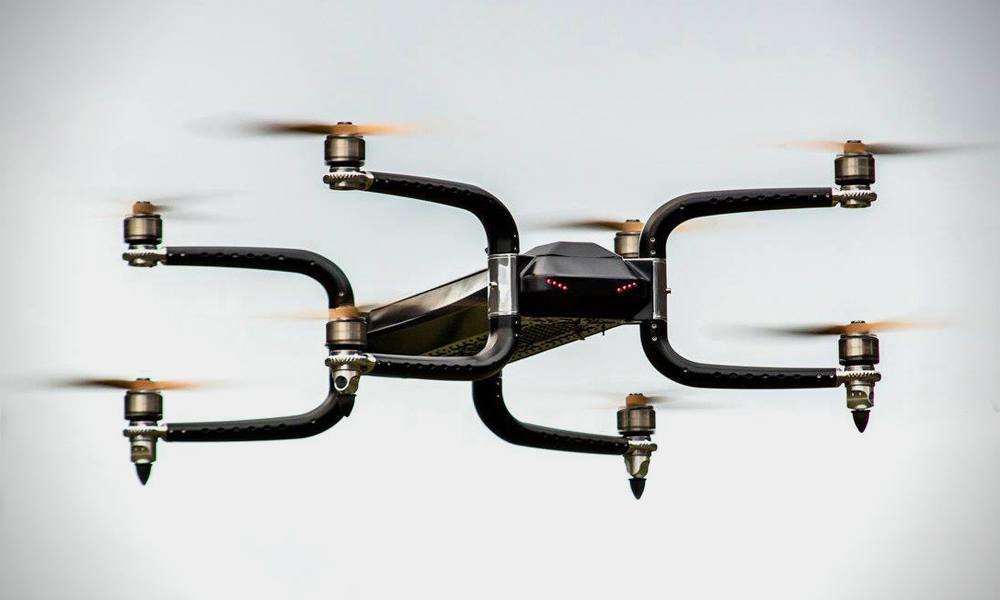
The material requirements for each part of the UAV
Here is a rule of thumb: the more light-weight the material you use, the longer your drone can fly. Each gram added can be a heavy burden to the battery. Below we are discussing the properties other than weight.
Frame, Camera Mount and Antenna Holder
- High toughness, no cracking at high and low temperature
- Can be electroplated and easy to be painted
- High intensity
- Easy to be machined
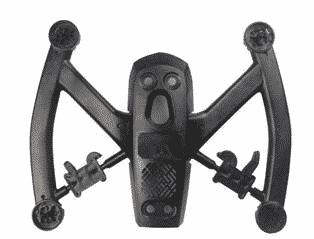
Propeller
- High strength and high modulus
- Low warpage
- High toughness in the drop test
- High flow, suitable for thin-walled parts
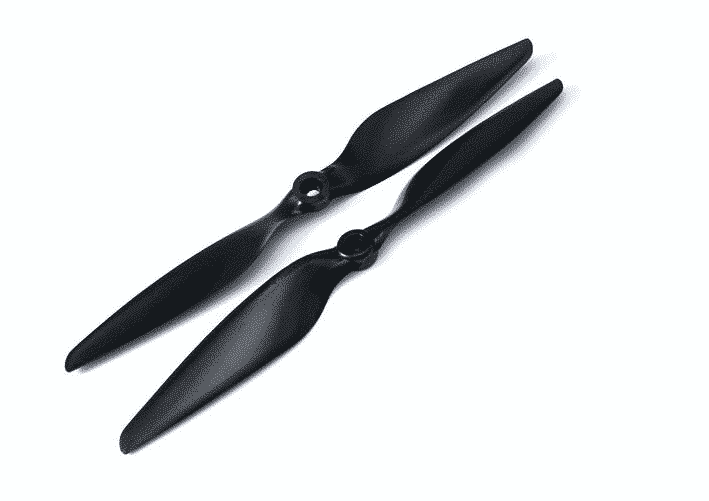
Propeller Guard
- High toughness, no cracking when falling at high altitude
- Can effectively absorb impact energy
- Good weather resistance
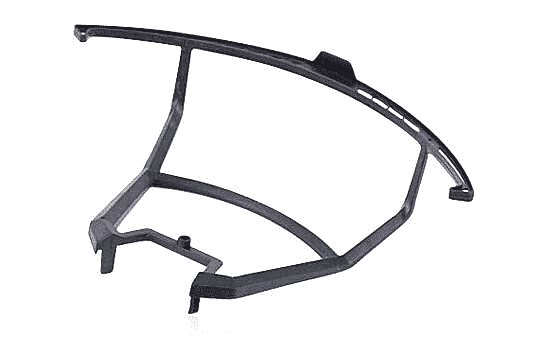
Landing gear material
- High strength and rigidity
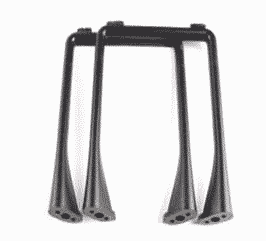
Best Materials for 3D Printing Drone Parts
ABS
ABS is a material ideal for making functional prototypes, jigs, fixtures, manufacturing tools, and production parts, not to say drones. It’s best suited for applications where strength, ductility, machinability and thermal stability are required. But it’s more prone to wrap compared with PLA.
If you want to print it by yourself, you need to prepare a heated bed in advance. Please wear a mask in case you cannot bear the odor of melted plastic.
The materials FacFox can offer:
PLA
PLA is the most common and lowest cost of 3D printing material. It’s odorless and friendly to beginners as no heated bed is needed. With its high strength, medium durability, low flexibility, low shrinkage, and wrapping rate, PLA is not a bad choice for printing drones.
But keep in mind that PLA is more brittle than ABS with a lower impact strength and elongation before breaking. Also, PLA is biodegradable and can breakdown in sunlight, thus it’s not suitable for long-term use.
The material FacFox can offer:
Nylon
Nylon is lightweight, pretty tough, has good impact resistance as well as temperature resistance, and high fatigue resistance, making it suitable for functional prototypes and end products. But the problem is 3D printing amateur will find it a little difficult to control. You also need a heated bed to create a high-temperature environment.
The cons of nylon are relatively high price, susceptible moisture absorption. To avoid the increasing of weight, please keep the material and nylon printed parts in cool and dry place.
The materials FacFox can offer:
- FDM Nylon 12
- FDM Nylon 6
- MJF Nylon PA 11
- MJF Nylon PA 12
- MJF Nylon PA 12 GlassBeads
- MJF Fullcolor Nylon (New Arrival)
- SLS Nylon PA 12
- SLS Nylon PA 12 Glassfilled
PETG
PETG is often considered a good middle ground between ABS and PLA, the two most commonly used types of 3D printer filament, as it is more flexible and durable than PLA and easier to print than ABS. Besides, it’s stable and shockproof, which are both required qualities in printing drones.
The downside of this material is similar to nylon: it is expensive and absorb water.
The material FacFox can offer:
TPU
As a strong, wear-resistant and elastic substance which can absorb vibration, TPU is oftenly used in printing shoe soles. It also behaves well in harsh environment.
The material FacFox can offer: